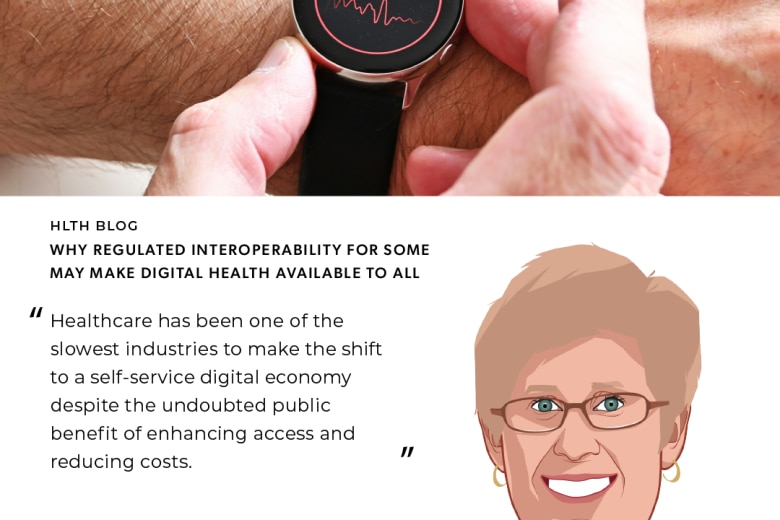History never repeats
I tell myself before I go to sleep
Don't say the words you might regret
I lost before, you know I can't forget
History never repeats
I tell myself before I go to sleep
And there's a light shining in the dark
Leading me on towards a change of heart, ah
Those are the words to the first and last verses of a song by the band Split Enz (members of whom later formed Crowded House) – and they’re words that also come to my mind as I think about the shift taking place in health information technology today.
It was not so long ago that healthcare moved away from BoB - best of breed (although often poorly integrated) solutions – in favor of large, unified enterprise systems. Such systems supported entire patient journeys within a healthcare organization and provide clinicians with access to longitudinal, patient-centric records to help inform decision making anywhere, anytime. However, soon thereafter, we saw the pendulum swing and people began to dislike the comprehensive but often complex systems, and resented the massive investments made in those systems. Today, it seems everyone loves to hate their EMRs.
Now it looks like many are putting their hope in APIs and apps. An app for this, an app for that! And that sounds very much like best of breed to me, only on a micro scale.
I wonder if history really is about to repeat. Are we coming full circle? What will the consequences be when we end up with so many apps that we can’t remember which one to use, let alone where to find it (just like all those on our own phones)? How safe and reliable will they be? How long will the creators be in business?
In fact, those hated EMRs, functionally deep and informationally rich, are actually fueling the data needs of many new BoB micro solutions. A whole new economy of HCIT is in bloom because reliable data sources do actually exist thanks to EMRs. What will happen, if in the rush to quickly plug functional gaps in EMRs or replace the bits we don’t like, we end up breaking them so that they can no longer fuel the bright new shiny objects?
Luckily, today we also have a maturing interoperability landscape and technical capability. We have powerful standards and regulatory frameworks that drive collaborative data sharing and which extract more value from the massive amounts of data we already have. All of this means that healthcare should be able to have the best of both worlds: EMRs that support daily operational and patient care needs while also enabling innovation. I hope healthcare organizations will not “throw their EMR baby out with the bath water,” because that would be like going back to the past. We have already been there!
Maybe the truth is that what we have in health IT right now is all the pieces of the Lego set: rich, powerful EMRs, apps to draw data out from them, and interoperability to create a healthcare data fabric that surrounds a patient and enables clinicians to make better, more informed decisions. Organizations that can rise to the challenge of assembling those pieces will be best placed to build something that works well and matters to their stakeholders, and that is exciting…the time is now.




































